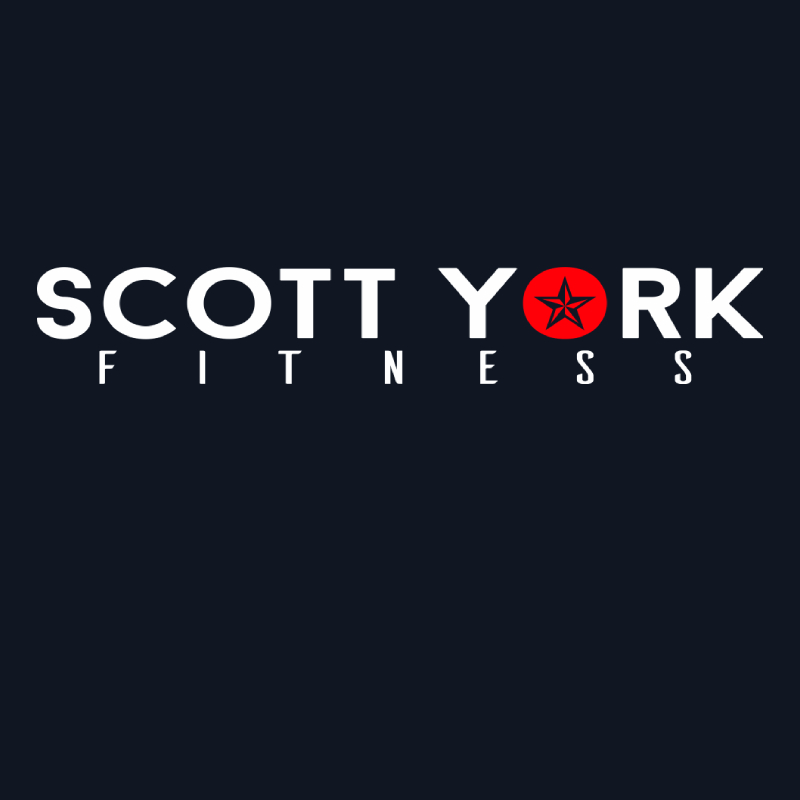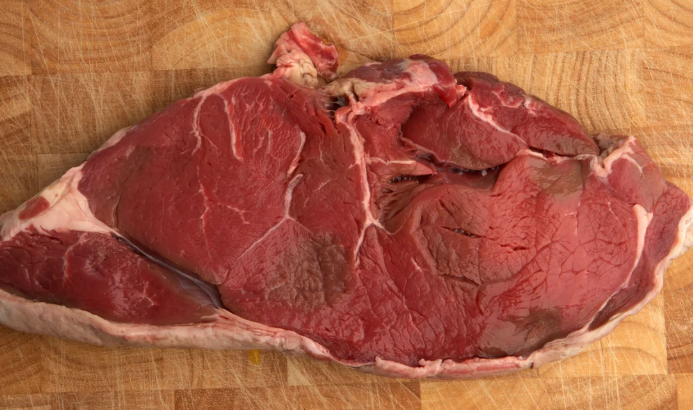Blue Collar Metabolism (Earn Your Appetite)
Earn Your Hunger: Why Heavy Training Builds Bigger Appetites and Stronger Athletes
Many young athletes struggle to eat enough to grow. Strength coach Scott York explains why appetite follows heavy training—not the other way around.
Parents and athletes often tell me the same thing:
“I (my son) just don’t (doesn’t) have an appetite to eat 4,000 calories a day.”
It’s a common frustration, especially for high school athletes who want to get bigger, stronger, and faster but can’t seem to eat enough to grow. In my 40 years as a strength coach, I’ve noticed a consistent pattern: the athletes who train heavy—squats, deadlifts, bench press, and rows—naturally develop a heartier appetite than those who rely on lighter weights and cardio.
That observation isn’t a coincidence. There’s a biological reason for it—and it’s the same reason teenage boys working on farms, ranches, or as cedar choppers back in the day on the Northshore could eat like machines. Heavy work builds hunger because the body demands fuel to rebuild and perform.
1. Heavy Training Creates Real Energy Demand
The body isn’t fooled. It eats when it needs energy and resists eating when it doesn’t.
When an athlete performs heavy compound lifts—squats, deadlifts, bench press, rows—they recruit massive amounts of muscle tissue, stress the nervous system, and deplete stored glycogen. That kind of training sends a clear signal: We need fuel to recover.
In response, the body releases hormones like ghrelin (the hunger hormone), increases testosterone and growth hormone, and boosts insulin sensitivity, which helps nutrients move into muscle tissue more efficiently.
Lighter training and steady-state cardio don’t produce that same hormonal response. The body doesn’t perceive a big energy gap, so appetite stays low.
If the training doesn’t demand fuel, the body won’t ask for it.
2. Earned Hunger: The Mind-Body Connection
There’s also a psychological component—what I like to call earned hunger.
Athletes who push themselves under a heavy barbell feel the effort. Their muscles ache, their hands are calloused, and their body knows it’s been challenged. That physical feedback creates a powerful loop between the brain and the stomach.
They learn, instinctively, that food equals recovery. The harder they train, the more they crave real food—steak, potatoes, eggs, rice, milk.
By contrast, athletes who do “easy” workouts don’t trigger that same feedback. Their body doesn’t feel depleted, and the mind doesn’t connect effort with nourishment. Appetite dulls because the drive to rebuild isn’t there.
3. The Farm Boy Advantage
Think about teenage boys decades ago who worked sunup to sundown on farms, ranches, or chopping cedar on the north shore of Lago Vista. They weren’t counting macros or forcing down shakes. They simply worked hard—and their bodies responded.
Manual labor built muscle, burned calories, and made eating a necessity, not a chore. Breakfast, lunch, and dinner weren’t optional; they were survival.
That’s the same principle we’re missing in modern athletic development. Many athletes train indoors, sitting between sets, doing light weights or endless conditioning. It’s not that they don’t want to eat—it’s that their training never earns real hunger.
4. Fix the Training, Not Just the Diet
When parents tell me their son “just can’t eat enough,” I look at the training first, not the meal plan.
If the athlete isn’t squatting heavy, deadlifting, pressing, or rowing regularly, the appetite problem isn’t in the kitchen—it’s in the gym.
Here’s what typically happens when athletes start a progressive strength program with compound lifts:
- Within 2–3 weeks, their appetite increases naturally.
- They start craving protein and carbs, not junk.
- They gain lean mass faster—without forcing calories down.
The best appetite booster isn’t a supplement—it’s a barbell.
5. The Blueprint for “Earning Hunger”
If you want your athlete to build size and strength, teach them to earn their hunger with real training:
- Train heavy, compound lifts 3–4 days a week (squat, deadlift, bench, row).
- Use progressive overload—add small amounts of weight consistently.
- Eat after training, when hunger is highest and the body is primed to absorb nutrients.
- Sleep and recover—that’s when growth happens.
- Track progress—in both the gym and the kitchen.
When training intensity goes up, appetite follows.
6. The Bottom Line
Appetite is the body’s way of saying, “I’m ready to grow.”
If an athlete isn’t hungry, it’s usually because their training isn’t intense or demanding enough to trigger the response.
Teenagers from generations past didn’t struggle to eat because their work created the need. Today’s athletes can do the same—by training with purpose, lifting heavy, and putting in the kind of effort that earns every meal.
Eat big, train hard, and build the body your effort deserves.
-Scott

